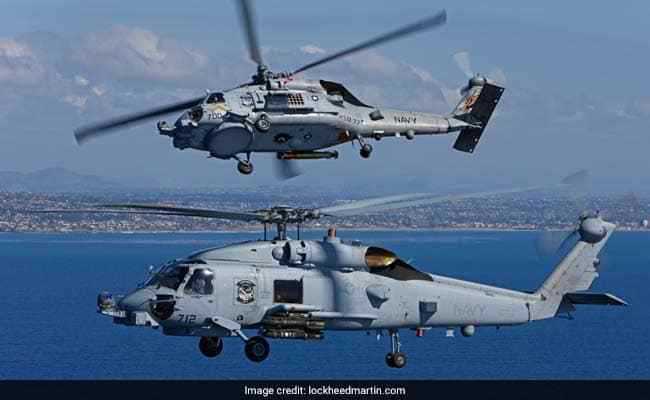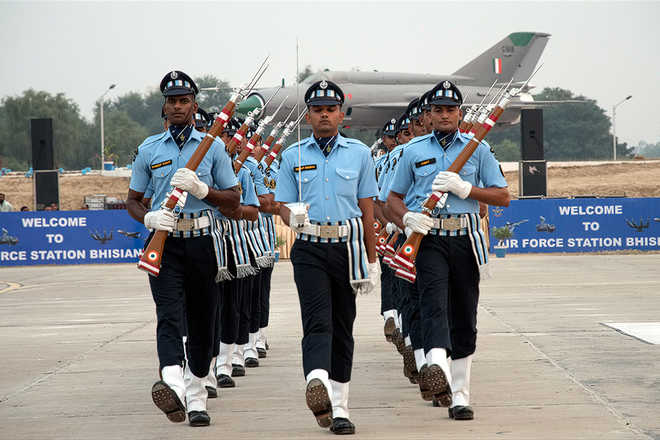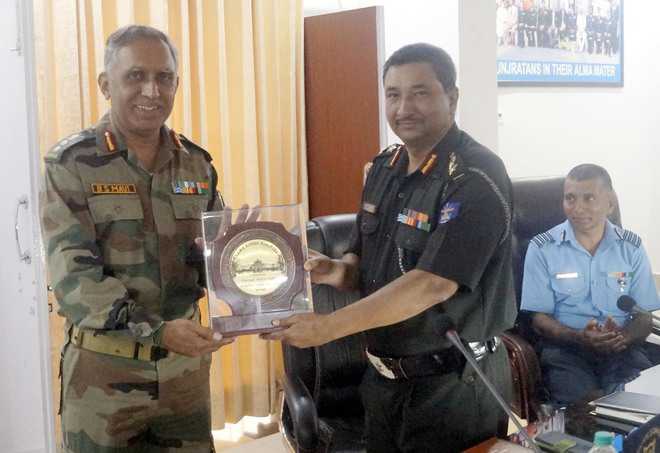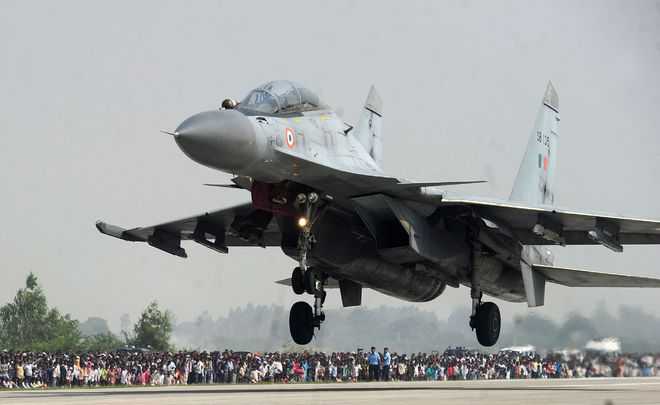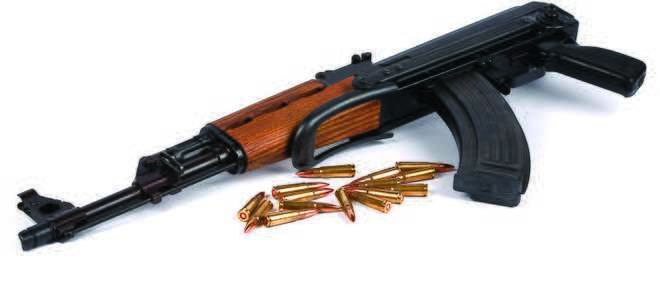
Last month, India’s biennial Army Commanders Conference convened to deliberate upon four major in-house studies. One of these studies on the “Re-organisation and Rightsizing of the Indian Army,” made a decision to proceed with forming all arms integrated battle groups (IBG). This decision has the potential to completely upset the conventional strategic balance that has prevailed between India & Pakistan for the last four decades. This is so, as the operationalization of integrated battle groups will mark the concrete acceptance by India of the doctrine of Cold Start, whereby India can wage a proactive war against Pakistan even in a nuclear environment.
To appreciate the importance of this development, it is necessary to trace the doctrinal evolution of the Indian Army. Post–independence, Nehruvian thinking based on liberal internationalism led to limited defense spending and the adoption of a posture of defensive defense at the strategic level. From 1947–1971, the Indian Army was a predominantly “infantry-centric” force which was quite comfortable continuing with its British doctrinal inheritance of defense-in-depth prior to launching a counterattack. However, following the Indo-Pak war of 1971, India started undergoing a doctrinal evolution as it shifted from deterrence by denial to deterrence by punishment. India’s lightning campaign in this conflict resulted in the liberation of Bangladesh and the dismemberment of Pakistan in two. By 1979, India had stood up its Mechanized Infantry Regiment. From 1981–1988, a succession of similarly minded Army Chiefs (Generals KV Krishna Rao, Arun Shridhar Vaidya & Krishnaswamy Sundarji) accorded greater prominence to armored and mechanized forces and finally tilted Army doctrine away from infantry forces.
This change was institutionalized by reorganizing the Army into strike and holding corps . The holding corps were to be employed in a defensive role and contain any Pakistani penetrations. The three “strike corps,” each centered around an armored division with mechanized infantry and extensive artillery support became the sword arm of the Indian Army. Sundarji envisioned that India would launch joint air-land offensives in the wide plains and deserts, penetrate deep into Pakistan and destroy Pakistan’s own two strike corps through “deep sledgehammer blows” in a high-intensity battle of attrition. The idea was to make the next Indo-Pakistani war the last war they would ever fight.
Pakistan then chose to blunt India’s conventional edge by attaining a nuclear weapons capability and refusing to adhere to a policy of no first use. Under the protective overhang of its nuclear weapons Pakistan then utilized Islamist jihadi terrorism as an asymmetric tool of warfare as it sought to bleed India with a thousand cuts . The emergence of insurgency in Punjab from 1984 onwards and in Kashmir from 1989 onwards resulted in the assumption of the counterinsurgency role by the Indian Army. By 1998, nearly half of all of the Indian Army’s infantry battalions were engaged in counterinsurgency missions. The 1990s, a time when India was convulsing due to systemic economic changes and was no longer benefiting from generous Soviet arms sales, were marked by declining Indian defense expenditure. Doctrinal innovation was the need of the hour so as to be able to conduct limited war in a nuclear environment while also dealing with the army’s enhanced counterinsurgency role.
In the latter sphere, India made some excellent innovations by raising a dedicated counter-insurgency force—the Rashtriya Rifles. In the former sphere though, India displayed little imagination or inclination to adapt to its new environment as it continued to harbor notions of fighting a high intensity conventional war. Its doctrinal overreach meant however, that it was not particularly suited to even this task, as the army remained a powerful land force but one with short legs and little staying power.
Its counterinsurgency doctrinal innovations notwithstanding, India’s conventional deterrent had been rendered ineffective in the face of Pakistani subconventional proxy warfare. This became evident in 2001, which is when Pakistan sponsored a terrorist attack on the Indian Parliament. In response, India launched Operation Parakram, wherein India undertook a full-scale mobilization of its armed forces. This Indian attempt at coercive diplomacy however, was an unmitigated failure. Among the many reasons for its failure was the inordinately long time that the three Indian strike corps took to mobilize and deploy from their garrisons deep in India. In the three weeks that it took for the Indian formations to get in place, the Pakistani Army had already countermobilized and fortified itself. Also, international powers were able to mount ever increasing pressure urging Indian restraint. In 2004, the Indian Army chief during Parakram, General S. Padmanabhan acknowledged that doctrinal baggage had crippled India’s options. He stated that, “You could certainly question why we are so dependent on our strike formations and why my holding Corps don’t have the capability to do the same tasks from a cold start… Perhaps, in time, it will be our military doctrine.”
Slowly, the Cold Start doctrine started taking shape. Its aim, in Walter C. Ladiwg ’s words, was to establish the capacity to launch a retaliatory conventional strike against Pakistan that would inflict significant harm on the Pakistan Army before the international community could intercede, and at the same time, pursue narrow enough aims to deny Islamabad a justification to escalate the clash to the nuclear level . Rapid mobilization, deployment and the ability to mass firepower rather than forces is critical to acquiring such a capability and necessitates rethinking about existing force structures. The Cold Start doctrine has two major elements . First, is a conversion of some of the Holding Corps to Pivot Corps so that Indian formations could launch offensive operations immediately and thus deny Pakistan the advantage of an early mobilization. The second element required the creation of ‘“integrated battle groups,” which would launch shallow thrusts and capture territory along the length of the International Boundary. These territorial gains could then be gainfully employed in post–conflict negotiations with Pakistan.
Since Operation Parakram, the Indian Army has worked on converting some of its Holding Corps to Pivot Corps by adding armored brigades to them. It has also reduced the mobilization time of its Strike Corps from over three weeks to around one week. No work, however, had been undertaken to create integrated battle groups. As a concept, Cold Start never had any buy-in either from the Indian government or the Indian Air Force . The army itself preferred the term proactive strategy options, with General VK Singh even denying that anything such as the Cold Start doctrine existed. The army’s inability to prosecute such operations was made public following the 26/11 terror attacks on Mumbai in 2008 when the Indian Army admitted that it was not ready to fight Pakistan.
In 2014, Narendra Modi-led BJP has come to power as the very first non-Congress non-coalition government in independent India’s history. This ascension led to expectations of a much more muscular Indian foreign policy especially vis-à-vis Pakistan. Were India to experience an attack anything close to the 26/11 Mumbai attacks in scale or gravity, Modi would be compelled to respond lest he lose all legitimacy. The surgical strikes conducted by India in response to the killing of nineteen soldiers by Pakistani militants in 2016 confirmed as much. More importantly, in 2017, India’s current Chief of Army Staff (COAS) General Bipin Rawat at last acknowledged that the Cold Start doctrine exists for conventional military operations. Pakistan in response, continues to affirm its faith in the Full Spectrum Deterrence policy that it came up with in 2013 in response to Cold Start. This policy is an attempt to rationalize Pakistan’s relatively recent acquisition of tactical nuclear weapons.
The flaw in Pakistan’s posture of flexible response when it comes to nuclear deterrence is that while the Pakistani threat is a serious one, but it is not a credible one. In Bharat Karnad’s words: “Pakistan’s actions to first provoke a Cold Start operation capable of achieving only small goals and then to threaten to unleash its nuclear weapon as punishment for this reaction, which will only fetch it state-ending losses in return, is not credible… to assume that the nuclear deterrence system relevant to the near equal Cold War blocs applies to the absolutely unequal India and Pakistan is to skew the analysis. The nearest analogy from the Cold War years would be to isolate the United Kingdom with its “independent deterrent” or France and its force de frappe from the U.S. strategic umbrella and pit it against the Soviet Union in a nuclear confrontation in Europe. It conveys the nuclear military problem in extremis facing Pakistan in an actual nuclear war. In an exchange, India may lose a city or two, but Pakistan would, for all intents and purposes, cease to exist. Pakistan may have acquired nuclear weapons but their deterrent or dissuasive power is entirely at the sufferance of India.”
This view prevails not simply among Indian defense policy analysts but also at the highest levels of the Indian government. The serving COAS General Rawat has made clear that if the Indian Army were to confront Pakistan, then it would call Pakistan’s nuclear (bluff) and cross the border. As noted by India’s former foreign secretary Shyam Saran , “What Pakistan is signaling to India and to the world is that India should not contemplate retaliation even if there is another Mumbai because Pakistan has lowered the threshold of nuclear use to the theatre level. This is nothing short of nuclear blackmail…The label of a nuclear weapon used for attacking India, strategic or tactical, is irrelevant from the Indian perspective. A limited nuclear war is a contradiction in terms. Any nuclear exchange, once initiated, would swiftly and inexorably escalate to the strategic level.”
There are manifold reasons why India is presently incapable of executing the more aggressive versions of Cold Start. These range from the Indian Air Force’s doctrinal and organizational bias against close air support, to Pakistan’s ability to mobilize its forces much more rapidly than India, to the very low operational readiness rate of India’s armored forces, the extremely limited availability of self-propelled artillery, the absence of dedicated satellite bandwidth to conduct net-centric operations, to its subpar logistical network and the lack of personnel with the necessary initiative and flexibility to execute a maneuver doctrine. The biggest reason however, lies in the fact that no effort whatsoever had been made thus far to disaggregate its strike corps into smaller elements (integrated battle groups).
This last and most important requirement is what India may now be putting into place. Till last month’s army commanders conference, India’s January 2017 acknowledgement of the existence of Cold Start could have meant one of two things . One, was that General Bipin Rawat was simply referring to a more streamlined mobilization procedure, which would represent no doctrinal shift. Second, was that Cold Start referred to the Indian Army’s intention to undertake multiple, short notice, armored thrusts into Pakistan to seize and hold territory, something that would be a real doctrinal shift. Now, however, it is clear that India is envisaging the latter as well.
As on date, the fighting segment of the Indian Army’s 1.2 million active duty personnel are principally found in forty divisions distributed across fourteen corps (Strike, Holding or Pivot). These forty divisions comprise eighteen infantry divisions, twelve mountain divisions, four RAPID’s (Reorganized Army Plains Infantry Division), three armored and three artillery divisions. Each corps comprises about three divisions, and each division, has roughly three brigades under it. Lt Gen. Harcharanjit Singh Panag (retired) correctly notes that with all of India’s potential adversaries being nuclear weapon armed states, the probability of a full-scale decisive conventional war is quite low. The twenty-first century requires a more agile army. A clean break is required from existing brigades and divisions as tailor made, all arms battle groups are more suited for the kind of wars that India is likely to be engaged in. With IBG’s, the Indian Army is looking to integrate in peacetime to save the time wasted in integrating when going for combat.
Some light has already been shed on the likely number and nature of these composite fighting units . The IBG’s that India is now contemplating raising may be considered lighter divisions or heavier brigades . The Indian Army is considering two kinds of IBG’s. Smaller ones for the mountains facing China and larger ones for the plains facing Pakistan. Eight to ten IBG’s are being contemplated for use against Pakistan. Each IBG could have four to six battalions of infantry and armored units, two to three artillery regiments, an engineers unit, an integrated signals unit and dedicated integral logistics (eight thousand to ten thousand troops). The Indian Army has been clear however that not every corps, division or brigade will be replaced by an Integrated Battle Group. The terrain, threat perception and options available to the enemy will be critical factors for determining whether or not an IBG will replace the present structure.
To be sure, there is a long road ahead before IBG’s are operationalized. Presently, the concept itself is expected to be finalized in six to eight months . Following that, the same IBG’s will be tested. Plenty of doctrinal testing through simulated wargaming and field exercises should be expected before India actually fields these formations.
Praveen Swami had remarked, “every Indian Prime Minister has faced this impossible challenge: how to punish the Pakistan Army’s sponsorship of terrorism, but ensure victory doesn’t come at a price the country cannot afford.” Should it commit to operationalizing this concept, India may finally have an answer.
– – – – – – – –
Himanil Raina is a research associate at the National Maritime Foundation in India.
– – – – – – – –
























































